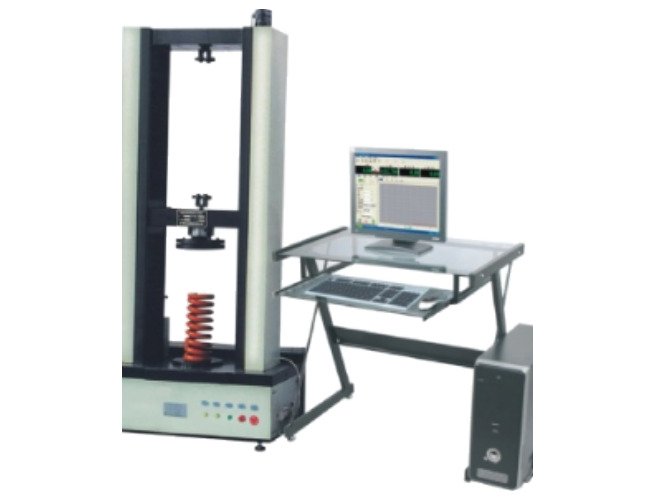Design medical equipment with operator experience & workplace ergonomics in mind by selecting the right medical casters.
To understand the importance of using the right casters on medical equipment in a healthcare environment, let us examine a scene in an archetypal hospital where patients, carts and sensitive equipment are constantly ushered to various rooms, crossing multiple floors and possibly traveling long distance. Since the environment is in flux, it is imperative to consider the performance and failure rates of casters when evaluating the design of medical equipment both using original casters and replacement casters.
While failure rates are easy to measure, quantifying the performance of casters can be relatively difficult especially because casters tend to become less efficient over time. Just because a caster is still functional, it is not necessarily performing optimally. To illustrate, wrong casters may fail to absorb shock optimally whereby constantly transferring unacceptable shocks to both the equipment and the operator, leading to breakdown of the equipment and potential injuries to the operator. Additionally, an untimely caster failure can put critical equipment temporarily out of use.
Since casters need to constantly perform at their peak and be durable to create a positive impact on ROI, the logical next step is to examine how to identify the right medical casters for intended applications. Here are a few key points to consider:
- Wheel Material: The wheel material that you select impacts a variety of performance parameters. Popular choices for medical applications include Neoprene and Urethane wheels which are considered quiet, non-marking and shock absorbent. Accounting for these factors creates an environment which restricts noise levels for both patients and operators, reduces risk of damaging floors, while also extenuating damages to the equipment and injury to personnel.
- Load Capacity: In general, it is recommended that each caster should have the capacity to support one-third of the total load weight of the load.
- Floor and Environmental Conditions: Floor conditions could include towing equipment on greasy surfaces. Environmental conditions could include exposure to harsh chemicals, etc. These factors need to be weighed when selecting casters.
- Requirements for Braking and Locking Mechanism: There are various options available. Usually, the braking and locking mechanism on medical casters is more complex than on industrial casters.
- Wheel Diameter and Bearing: Optimal wheel diameter and bearing selection will have a positive impact on maximizing mobility and enhancing workplace ergonomics.
- G-force (a measurement of the type of acceleration that causes a perception of weight): A lower g-force improves shock absorption and provides extra protection to the equipment while also assisting to reduce injury risks to operators.
- Durability: Consider the number of kilometers a single piece of medical equipment is expected to travel during its product life cycle. Casters with durability curate replacement costs.
- IEC / ISO Specifications:
- IEC 60601: Technical standard for the safety and effectiveness of medical equipment
- ISO 22881: Requirement for use on manually propelled equipment for institution applications
- ISO 22882: Requirements for castors for hospital beds
- ISO 22883: Requirement for applications up to 4 km/h
- ISO 22884: Requirement for applications over 16 km/h
For the OEMs, besides considering the points above that end-users value, the following can be factored in:
- Aesthetics, A Key Element of Product Design: In an era where form is considered as important as function, imagine a situation where a cutting edge ultrasound machine is outfitted with casters that appear more like tools added purely for their functional value. This would reduce the premium feel of the equipment. Similar to cutting edge automobiles which use wheels to enhance the function as well as the appearance of their products, casters can be used to add to the overall design and premium feel of the medical equipment.
- Using Casters with A Positive Reputation: Many end-users prefer casters from trustworthy and well-known manufacturers therefore including these casters on the original equipment creates additional value for the end-users.
- Collaborating with Caster Manufacturers at The Early Stage of New Product Development: To ensure that casters are “right” for the intended application, it is a great practice to involve caster manufacturers early in the product design process. Early inputs from caster manufacturers can reduce the time to market and significantly improve design value.
Selecting the right casters makes a positive impact to a variety of key areas including longevity of equipment and enhanced workplace ergonomics. The right casters improve efficiency and productivity and, in turn, ROI.
To find the trustworthy and well-known medical caster manufacturer, I recommend you to visit Enjoying Go Co., Ltd. – they are the Taiwan caster wheel manufacturer specializing in kinds of office chair casters, furniture caster wheels, hardwood floor casters, medical caster wheels, etc. Today, if you have requirement or interest in caster wheel replacement, please do not miss Enjoying Go!
Article Source: Darcor

